This was published 6 years ago
Uluru, Australia, travel guide and things to do: 20 things that will surprise first-time visitors
By Craig Platt
Uluru is such a familiar image that most Australians probably feel like they know it, even if they've never been there. But there are many things that will surprise you when you visit for the first time.
It's much, much bigger than you think
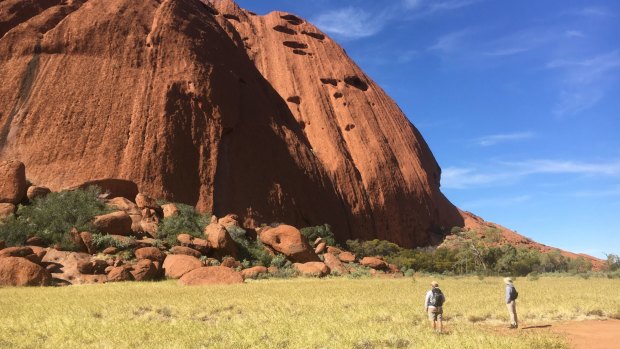
Credit: Craig Platt
Photos of Uluru have become such a cliche that it's easy to forget what the rock is like in reality. A huge slab of sandstone formed by erosion that was, millions of years ago, completely underwater. The biggest surprise for people seeing it up close for the first time is just how big it is. It's 348 metres high and nearly 10 kilometres to walk around. But that's just the tip of the iceberg, so to speak. Most of the rock is underground – it's estimated it extends 2.5 kilometres below ground level.
Tourism is relatively new
Uluru might be one of the most internationally recognised images of Australia, but tourism here is relatively new – largely because the rock is so remote. It was first reached by Europeans in the 1870s, but didn't become a genuine tourist attraction until the 1940s, after a graded road was completed between Uluru and Alice Springs. The first airport at Uluru also opened in the 1940s, but tourism really began to take off in the 1970s as the rock became a cultural icon for Australia. Today, more than 300,000 tourists visit Uluru annually, more than half of them from overseas.
You won't see many animals
Sorry international visitors, but you're not likely to capture any photos of kangaroos hopping around with the rock in the background. While there is life out here, the likelihood of spotting any animals is fairly slim. Water sources are few and far between, so kangaroos and other wildlife prefer to frequent other parts of the Red Centre.
It's easy to get there
Uluru may be remote, but it's not hard to get to. While some people drive from Alice Springs (and it can be done in a day trip from the town, but at close to five-hours driving one way, I wouldn't recommend it), you can fly direct into Uluru's own airport from our two largest cities. It's only three hours from Melbourne or 3.5 hours from Sydney. Jetstar, Qantas and Virgin Australia all offer direct flights.
There is a variety of accommodations
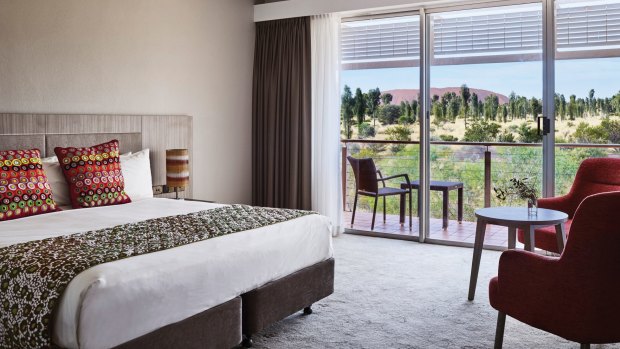
A stay at Uluru doesn't have to be expensive. While there are luxury accommodations here, such as the glamping experience Longitude 101 or the resort's Sails in the Desert, the Ayers Rock Resort offers a variety of accommodation options to suit all travellers. There's the mid-range, but still stylish and comfortable, Desert Gardens (read Traveller's full review) and Emu Walk Apartments, along with the budget Outback Pioneer Lodge. There's also a camp ground. See ayersrockresort.com.au/accommodation/ for details.
The culture is old
There's evidence the local Anangu people have inhabited the land here for about 22,000 years, with stories passed down through oral tradition. Both Uluru and Kata Tjuta feature important sacred sites and play key roles in Anangu culture. At various sheltered spots on the rock you can see ancient paintings telling some of the stories of the Anangu. Visitors can find out more at the cultural centre at the base of Uluru or, if staying at the resort, there are daily free information and demonstration sessions covering topics like finding and cooking local produce, hunting techniques, art and more.
There's water
Despite the harsh environment, there is water to be found. If there wasn't, people could have never survived. However, it is relatively scarce and explains why the kurkara, or desert oaks, are pretty much the only trees you'll see out here as they have adapted to survive in the conditions. They grow so incredibly slowly, which is not surprising since they first must grow a tap root up to 10 metres long to find ground water. The kurkara may find water deep underground but you'll also find it in permanent pools at some sheltered spots at the base of Uluru. Amazingly, aquatic creatures, such as frogs, are able to live here.
Many people still climb it
It's well known by now that the traditional owners don't like tourists climbing the rock, so it's surprising how many visitors still do this – as many as 30 per cent. Many come, climb the rock, come back down and leave again without bothering to see the rest of Uluru or find out anything about the local culture. However, the board for the national park has announced climbing the rock will be banned in 2019.
There are parts you can't photograph
There's a reason many shots of the rock you see are taken from the same angle – and not just because of where the viewing areas are located. Many parts of the rock are considered sacred to the traditional owners and have been used historically for ceremonies. Photography is banned in these areas and signs along the trail circling the rock mark the points where these areas begin and end.
Kata Tjuta is almost as spectacular as Uluru
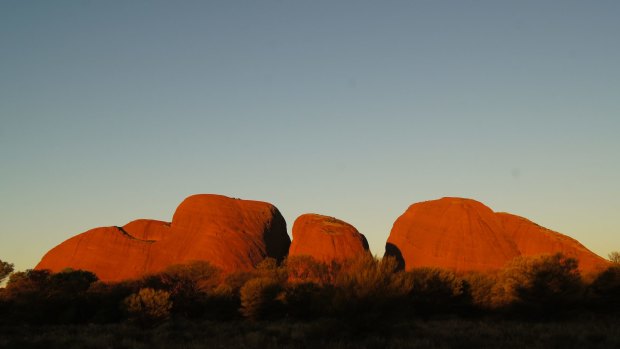
Credit: Craig Platt
It's not as famous as Uluru, but nearby Kata Tjuta is just as impressive. While it's not one single slab of sandstone like Uluru, Kata Tjuta was formed in much the same way and is a series of giant boulders jutting up from the landscape. Visitors can walk amongst them and at sunset they glow bright red in a spectacular display. It's about 25 kilometres from Uluru and, while it's possible to visit both in one day, it's exhausting. Better to give Kata Tjuta a full day on its own.
One day is not enough
Sure, you can fly in, see the rock and fly out again the next day. But you would be missing out. Uluru should be seen at dawn and sunset, as well as from the base walk during the day. But in addition to this, there's Kata Tjuta, the Field of Light (see below), cultural tours, unique dining and cultural experiences and plenty more. If you're only interested in ticking an item off your bucket list, that's fine, but to truly experience Uluru you'll need three or four days.
They don't call it the red centre for nothing
It's not just the sun hitting the rocks at sunset that help give the Red Centre its name. It really comes from the sand, which is a striking red colour in this region. Its colour comes from the high iron content, which turns rust red as it oxidises in the air.
It's not actually in a desert
Despite being an extremely harsh landscape, where the temperature soars to more than 38 degrees on average in summer, the area surrounding Uluru isn't actually a desert. It's only defined as a semi-arid region. Yes, it's very dry and extraordinarily hot in summer, but there is plenty of plant life and small trees to be found out here. After a rare rainfall, the landscape springs to life, with spinifex and wildflowers covering the ground.
There's more than one way to see it
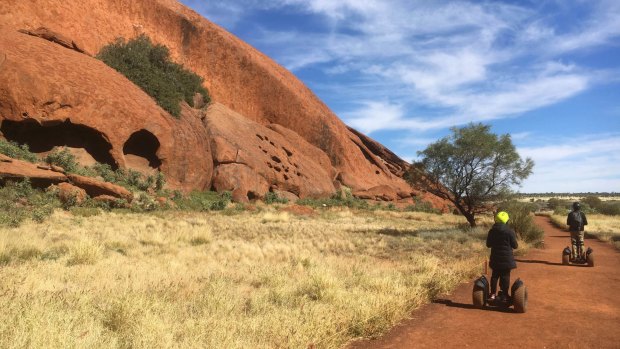
Credit: Craig Platt
The best way to really get a feel for Uluru is to do the base walk, where you'll get to see the rock from all sides and explore grottos, see ancient cave paintings and get a handle on the scale and variety of the monolith. But if you don't fancy doing the whole walk (and if you're up at dawn to see the sunrise, no one will blame you) there are some quicker and easier options available. Bikes can be rented, but one of the most enjoyable new ways to do the base track is via a guided Segway tour. The two-wheel transports are surprisingly easy to drive and the guides will talk you through the various points of interest. See ulurusegwaytours.com.au
There are shrimp living on it
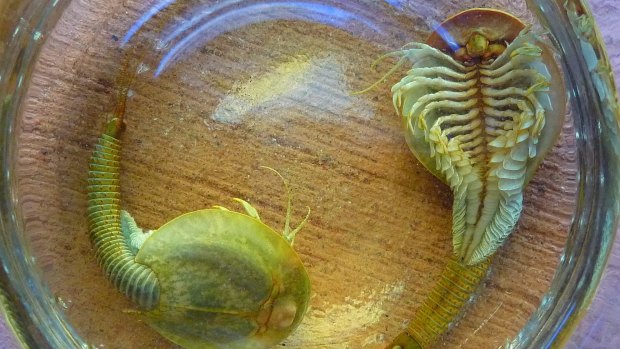
Credit: Parks Australia
This seems almost unbelievable, but small, ancient shrimp live on the rock in small pools of water that never dry out. Shield shrimp look more like horseshoe crabs than the prawns you might throw on the barbie. There are also small pools at the base of the rock that are home to frogs that will bury themselves in the dirt for long periods of time during dry spells.
It's not always hot
Come the winter months, Uluru can get cold at night – very cold. It's regularly down to zero or even slightly below, though the dry air means there's not enough moisture to form snow. Even during the day at this time of year it can feel chilly due to the wind. Be sure to take warm clothing with you if visiting in the Australian winter.
There are flies galore
I have a photo from Kata-Tjuta taken of my back with a total of 52 flies sitting on my white T-shirt. When I showed this to a local friend, he sniffed and said "come back in summer". There are a lot of flies in the warmer months and it's not uncommon for tourists to wear hats with face nets to avoid them. Be prepared to do a lot of "Aussie salutes" during the day.
Ayers Rock is a name that's still used
Despite Uluru being the preferred name, Ayers Rock is still used in a couple of official capacities. The airport is still known as Ayers Rock International Airport, while the Voyages resort is also called Ayers Rock Resort despite being owned by the Indigenous Land Council. The ILC says it consulted with the local communities about the name and was advised that using the name "Uluru" beyond referring to the rock itself was inappropriate.
It's home to Australia's largest art installation
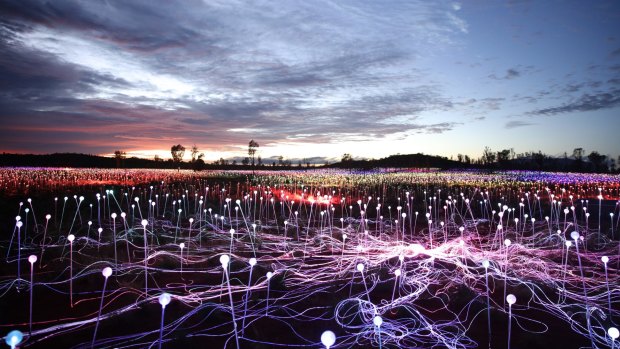
Bruce Munro's
The food is excellent
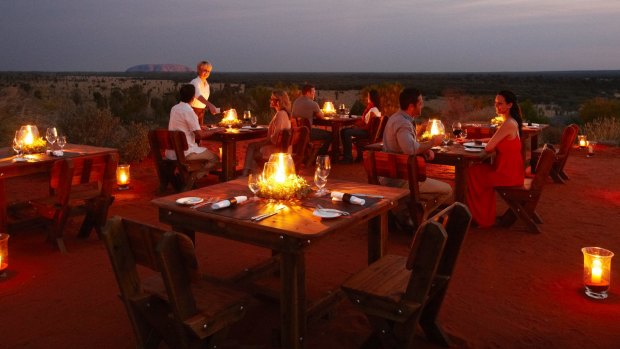
Despite being such a remote location, you can dine like a king at Uluru. The resort has, in recent years, greatly improved its dining options with a wide variety of restaurants ranging from casual through to fine dining. Two road trains come in from South Australia every week to deliver fresh produce to the site. For a truly unique dining experience, book a place at one of the outdoor options, where you can watch the sunset on the rock while you eat. The Sounds of Silence is the longest running of these, but the newest and most exclusive is Tali Wiru (book well in advance). Set on a hill offering views of both Uluru and Kata Tjuta, the excellent food is cooked in an open-air kitchen on site. See ayersrockresort.com.au/experiences/food-experiences
Craig Platt visited as a guest of Voyages Indigenous Tourism Australia.
Sign up for the Traveller Deals newsletter
Get exclusive travel deals delivered straight to your inbox. Sign up now.